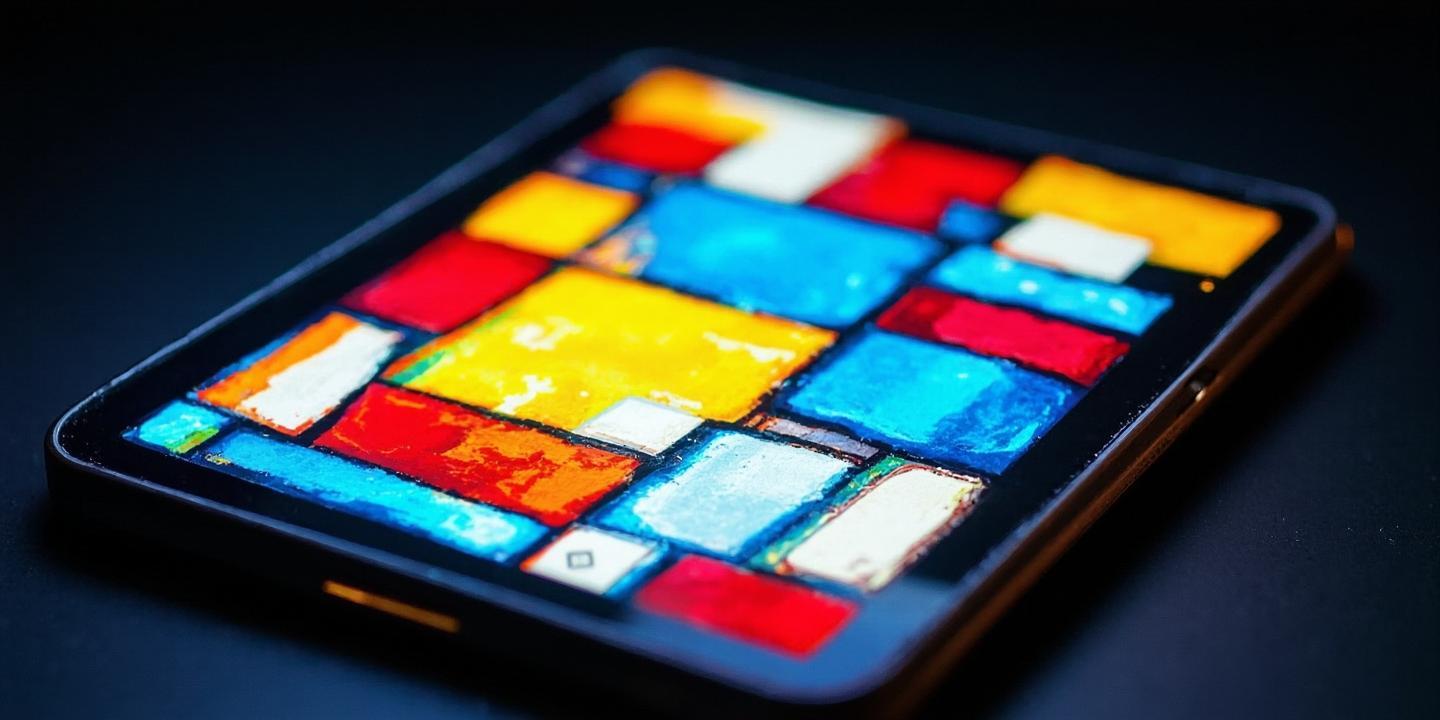发布时间2025-04-30 11:58

In the age of digital communication, the art of crafting a heartfelt greeting card remains a timeless tradition. Before you pick up your scissors and glue, there’s an essential step that often gets overlooked: writing the perfect English message. Mastering the art of card message creation not only elevates your handmade creation but also ensures your sentiments are conveyed with clarity and warmth. Whether it’s a birthday, anniversary, or holiday greeting, the right words can transform a simple card into a cherished keepsake.
Many people dive straight into the visual design of their cards, neglecting the critical step of writing the message first. This approach can lead to awkward spacing, rushed sentiments, or even forgotten words. By composing your message in advance, you ensure that every word fits perfectly within the card’s layout, creating a harmonious balance between text and design.
Pro Tip: Always consider the recipient’s personality and your relationship with them when crafting your message. A formal tone might suit a business associate, while a playful, affectionate style works better for close friends or family.
Creating the perfect card message involves more than just stringing together a few nice words. Here are the key components to include:
Example:
“Dear Sarah,
Happy Birthday to the most amazing friend anyone could ask for! I’ll never forget our spontaneous road trip last summer—it was truly unforgettable. Here’s to many more adventures and endless laughter.
With love,
Emma ❤️”
Writing in a second language can be challenging, but with a few strategies, you can create a message that sounds natural and heartfelt.
Pro Tip: If you’re unsure about your English skills, consider using online tools or apps that can help refine your message. However, always personalize the final draft to ensure it feels genuine.
To make your card message stand out, consider integrating keywords that resonate with the occasion. For example, for a birthday card, words like “celebrate,” “joy,” and “memories” can enhance the sentiment without sounding forced.
Example:
“Wishing you a day filled with joy and laughter as we celebrate another year of wonderful memories together!”
Each occasion calls for a unique approach. Here are some creative ideas to inspire your card messages:
Birthdays: Highlight the recipient’s qualities and express your wishes for the year ahead.
“Happy Birthday to someone who brightens every room they enter!”
Anniversaries: Reflect on the couple’s journey and express your hopes for their future.
“Celebrating the love that grows stronger with each passing year.”
Holidays: Share warm wishes for the season and the new year.
“May your holiday season be filled with peace, love, and joy.”
Sympathy: Offer comfort and support during a difficult time.
“Thinking of you during this challenging time and sending you strength and love.”
Once your message is written, it’s time to consider how it will fit into the card’s design. Balancing text and visuals is crucial for creating an aesthetically pleasing card.
Pro Tip: If you’re designing the card digitally, experiment with different layouts and fonts before finalizing the design. For handmade cards, use a pencil to lightly sketch the text placement before committing to ink.
Language plays a significant role in personalizing your card. Using the recipient’s native language, if different from yours, can add an extra layer of thoughtfulness. If you’re not fluent, even a simple phrase in their language can make a big impact.
Example:
“Feliz Cumpleaños! Wishing you a day as wonderful as you are!”
This approach shows that you’ve put in the effort to connect with them on a deeper level.
If you’re feeling stuck, technology can be a great source of inspiration. There are numerous websites and apps that offer pre-written messages and templates. While these can be helpful, always customize them to reflect your unique voice and relationship with the recipient.
Pro Tip: Use online platforms to translate your message into the recipient’s language if needed. However, always double-check the translation for accuracy and cultural appropriateness.
A well-crafted card message can evoke strong emotions and create lasting memories. Taking the time to write a thoughtful message shows the recipient that you care deeply about them. It’s not just about the words on the page—it’s about the sentiment behind them.
Example:
“Thinking of you always and wishing you nothing but happiness and success in all your endeavors.”
This simple yet heartfelt message can leave a lasting impression, making the recipient feel valued and appreciated.
猜你喜欢:欧美big
更多少儿英语